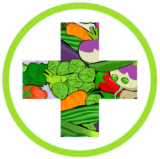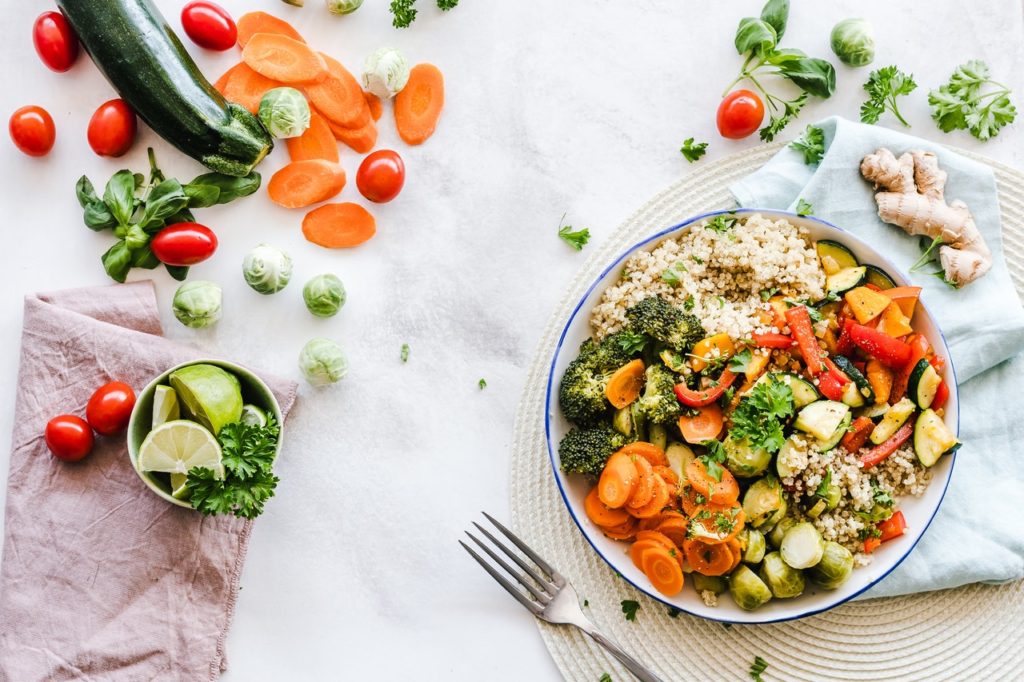Switching to a mold free, low amylose diet could change your life for the better in as little as two weeks like it did for me.
Is this you, or someone you know?
- Overall, you haven’t been feeling well. You’ve noticed an unusual set of symptoms like fatigue, brain fog, digestion changes, maybe a cough or runny nose but it’s not the common cold? Your immune system seems to be working overtime on something for weeks… and it might be fighting hidden mold exposure. Eating foods that reduce inflammation as well as clearing your environment of toxins are two of the most important steps that you can control right now to start feeling better!
- Perhaps you have been diagnosed with Chronic Inflammatory Response Syndrome (CIRS) and want to do everything you can to regain the mental clarity, energy, and healthy body as soon as possible? Pivoting to mold free, low amylose meal plan may be game changing.
If either of these scenarios rings true for you right now, Welcome! you are absolutely in the right place. This site exists to guide you through the food labyrinth, and help you make good choices that fight inflammation and reduce mold intake from your food and from your environment. Know that here are things you can do right now to start healing from mold exposure.
Start with two simple and essential concepts: clean air and clean food. This blog will focus on the foods & beverages that support healing, especially if mold illness is the source. What you eat and importantly – what you don’t eat can profoundly affect how you feel and the severity of your strange assortment of symptoms.
To simplify- let’s break the mold free, low amylose eating regime into three components. Here at Mold Free Menu, recipes avoid dairy, sweeteners (natural and processed), gluten, and mycotoxins. There is also a strong focus on keeping meals low in amylose per the Shoemaker Protocol. Let’s explore each topic a little. Feel free to dive deeper into other posts for additional information.
- Free from mold & toxins
Eating clean foods that do not contain harmful mold and fungus reduces your exposure to mycotoxins. Though stomach acids may control some substances taken in by eating, harmful mold & byproducts that enter the body from breathing them in can be extremely difficult to eliminate for about one quarter of the world’s population. Once the toxins are trapped in the body of these genetically predisposed individuals, symptoms will arise and inflammation will increase. (If you suspect mold illness~ meet with a specialist, eliminate the source of the mold, and support your health by eating a mold free and low amylose diet.) To maintain a mold free diet, avoid foods that have been stored for a long period like dried spices, grains, bulk food items, etc.( for a detailed list click here) The longer things sit in transport or on the shelf- the more likely it is for toxic mold to grow invisibly within the food item.
- Focus on foods that are known to reduce inflammation
Eat foods that reduce inflammation and avoid those that cause an inflammatory response. You will feel better. There are many studies from around the world that support this. Avoid foods that are commonly known to trigger inflammation like dairy, sugar (more in this post), and gluten (more on gluten here). All trans fats should also be completely avoided.
Inflammation can be the cause of many symptoms including: achy joints, fatigue, vision changes, and cognitive challenges. So many people that have taken these common inflammatory foods out of their diets have noticed significant symptom reduction and even elimination of some that have been bothersome for years.
Other not as well known causes of inflammation are food allergies, sensitivities and intolerances. It is essential to know which foods your body is not tolerating right now and avoid them. Every time you eat even the smallest amount of a food that does not agree with your system, your immune system responds and inflammation escalates. In addition to testing for food allergies, it is very important that you properly undertake an Elimination Diet aka Gut Healing Protocol as soon as possible to learn what you are currently reacting to. (make an appointment with a specialist or read this outstanding and very easy to follow book.)
- Low in amylose
Well documented evidence gathered from Dr. Shoemaker states that a diet low in amylose and high in omega 3 reduces high levels of MMP9 in patients with Chronic Inflammatory Response Syndrome (CIRS). Examples of foods that contain high levels of amylose are starchy fruits & vegetables like bananas and potatoes, beans, and grains. Read more about amylose here. For a free list of foods to avoid (and a generous list of foods that are low amylose) click here.
To summarize, removing foods contaminated with toxins, eliminating foods that irritate, and reducing your intake of amylose will decrease inflammation and your symptoms will improve. Supporting your body with whole foods (not processed) that quell inflammation will strengthen your immune system, your brain, and your mood.
Now is a good time to take a look at the foods on hand now- perhaps it’s time to substitute fresh herbs for the ancient dried jar of spices, donate the canned food, and ditch the sugary cereal.
Do you really know which foods adversely affect you? How many anti-inflammatory foods are part of your meals every day?
You have nothing to lose by trying this mold free, low amylose, anti inflammatory meal plan for a few weeks to see.
- Free exclusive recipes
- Helpful product giveaways
- Latest news before it reaches the blog
- Supportive tips from the moldfreemenu community
Other posts you might be interested in:
Two most important First Steps in healing from mold illness
Definitions and important phrases related to CIRS
35 safe foods for CIRS and five to avoid completely
What is a Low Amylose diet and why follow it?
A low amylose diet is beneficial for CIRS recovery according to Dr. Shoemaker. Elevated MMP9 levels can often be reduced by following a strict low or no amylose diet. Ask your health professional to monitor your bloodwork details.
The information we provide at Moldfreemenu.com is intended to provide information to better understand how a healthy diet is part of healing from biotoxin illness and not intended to replace consultation with a qualified medical professional.Specific medical advice including diagnosis and treatment will not be provided. This diet does not cure mold illness but does help reduce inflammation- thus reduce symptoms triggered by inflammation.

